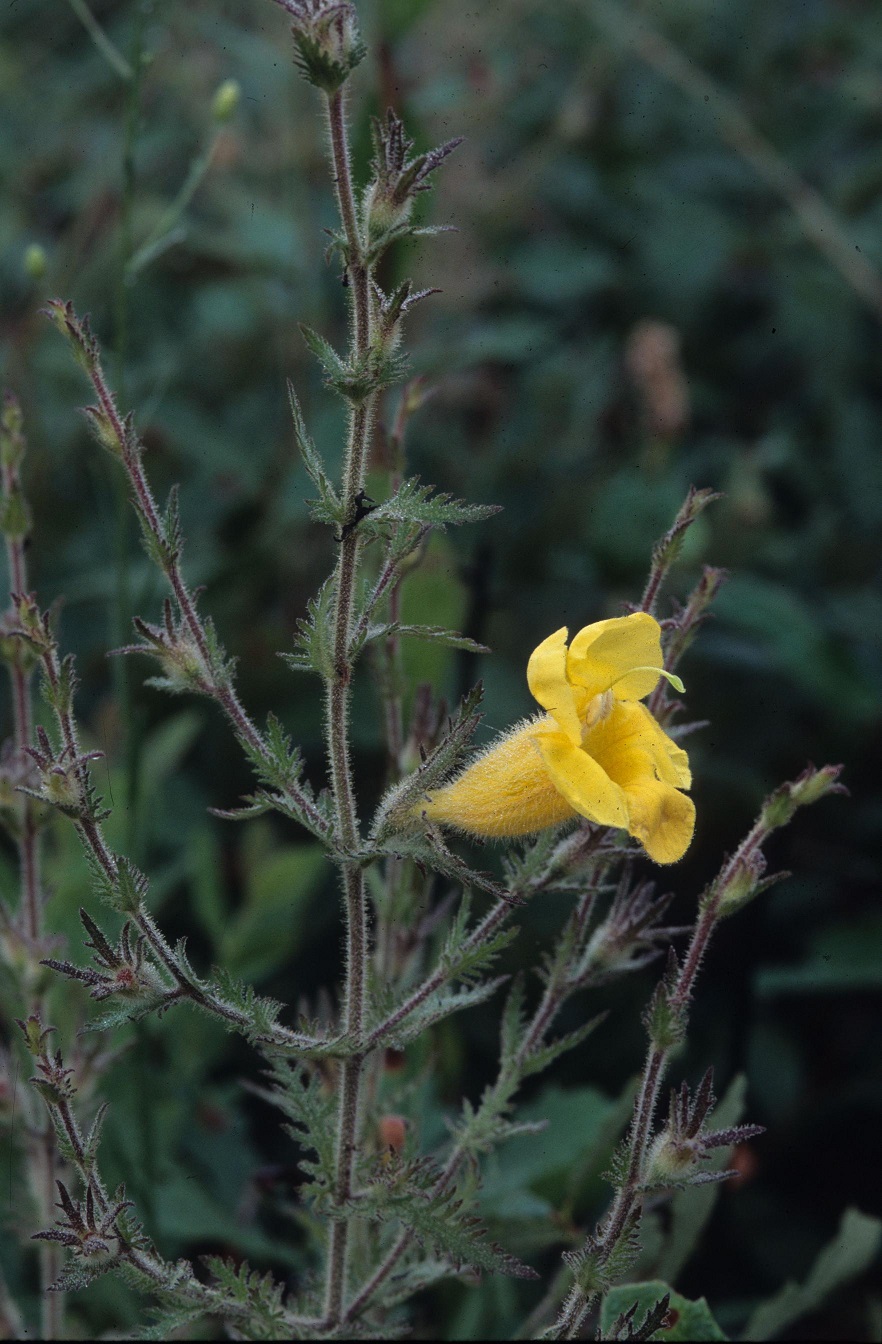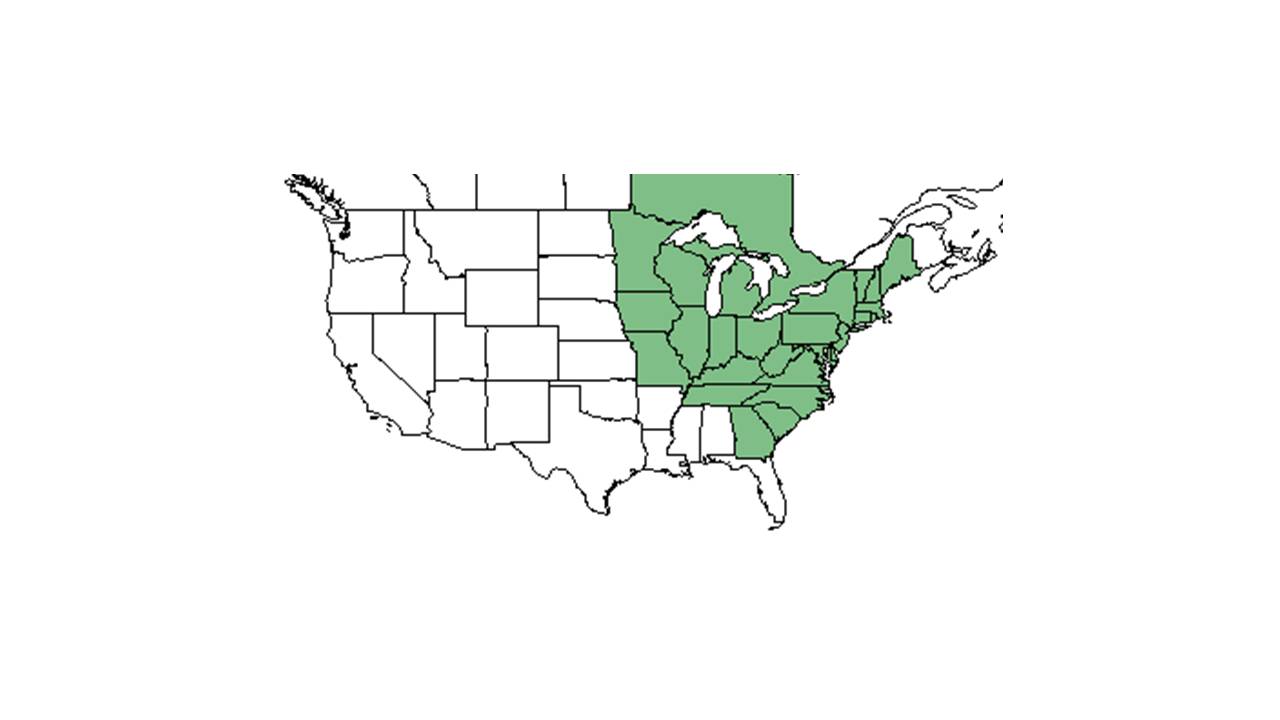Difference between revisions of "Aureolaria pedicularia"
| Line 3: | Line 3: | ||
{{taxobox | {{taxobox | ||
| name = Aureolaria pedicularia | | name = Aureolaria pedicularia | ||
| − | | image = | + | | image = Aureolaria pectinata Gil.jpg |
| − | | image_caption = | + | | image_caption = Photo taken by Gil Nelson |
| regnum = Plantae | | regnum = Plantae | ||
| divisio = Magnoliophyta - Flowering plants | | divisio = Magnoliophyta - Flowering plants | ||
Revision as of 19:41, 29 June 2015
| Aureolaria pedicularia | |
|---|---|

| |
| Photo taken by Gil Nelson | |
| Scientific classification | |
| Kingdom: | Plantae |
| Division: | Magnoliophyta - Flowering plants |
| Class: | Magnoliopsida - Dicotyledons |
| Order: | Scrophulariales |
| Family: | Scrophulariaceae |
| Genus: | Aureolaria |
| Species: | A. pedicularia |
| Binomial name | |
| Aureolaria pedicularia ((L.) Raf. | |

| |
| Natural range of Aureolaria pedicularia from USDA NRCS Plants Database. | |
Contents
Description
Distribution
Ecology
It is a root parasite on red and black oaks. Musselman found that in all of several thousand seedlings, development was halted without attachment to a host.[1]
Habitat
Considered a dominant species in sand dunes.[2]
Phenology
Seed dispersal
Seed bank and germination
Germination occurs after cold treatment at 4.5 degrees Celsius for 5 months.[1]
Fire ecology
Pollination
Use by animals
Diseases and parasites
Conservation and Management
Cultivation and restoration
Photo Gallery
References and notes
- ↑ 1.0 1.1 Musselman, L. J. (1969). "Observations on the life history of Aureolaria grandiflora and Aureolaria pedicularia (Scrophulariaceae)." American Midland Naturalist 82: 307-311.
- ↑ Leicht-Young, S. A., N. B. Pavlovic, et al. (2009). "A comparison of seed banks across a sand dune successional gradient at Lake Michigan dunes (Indiana, USA)." Plant Ecology 202: 299-308.